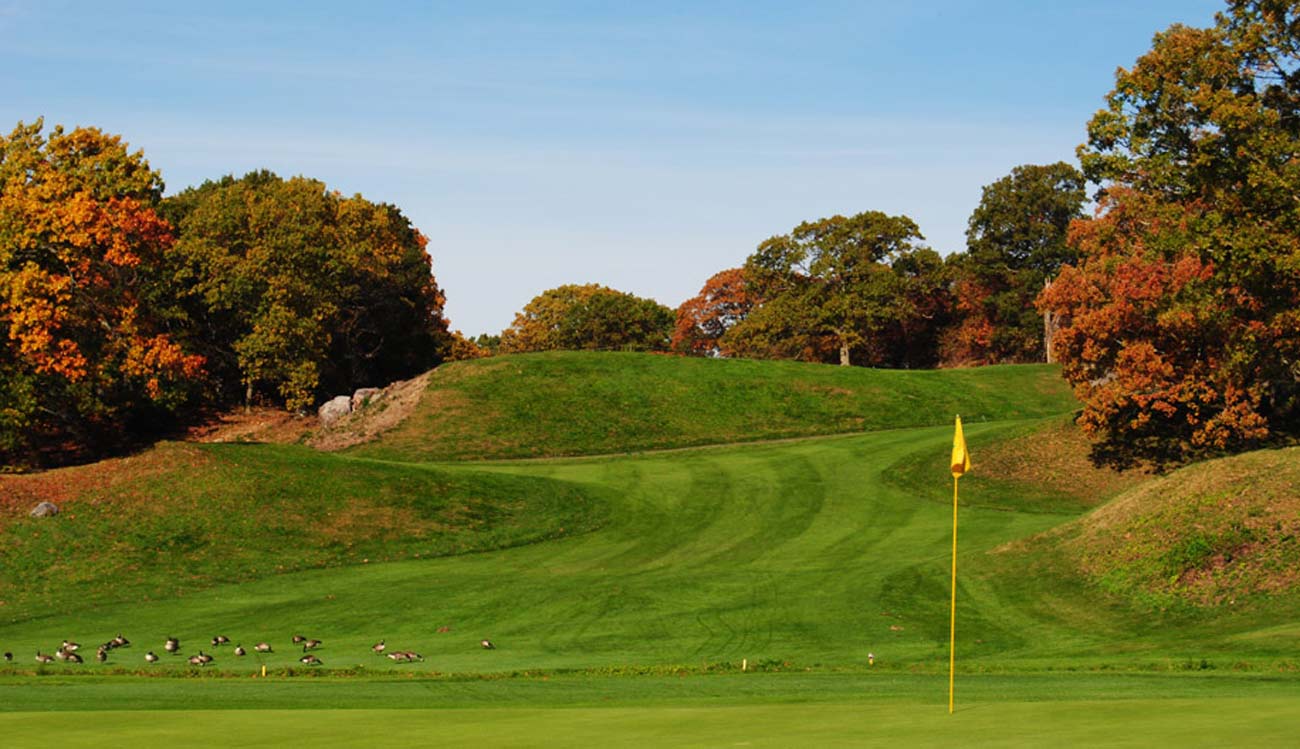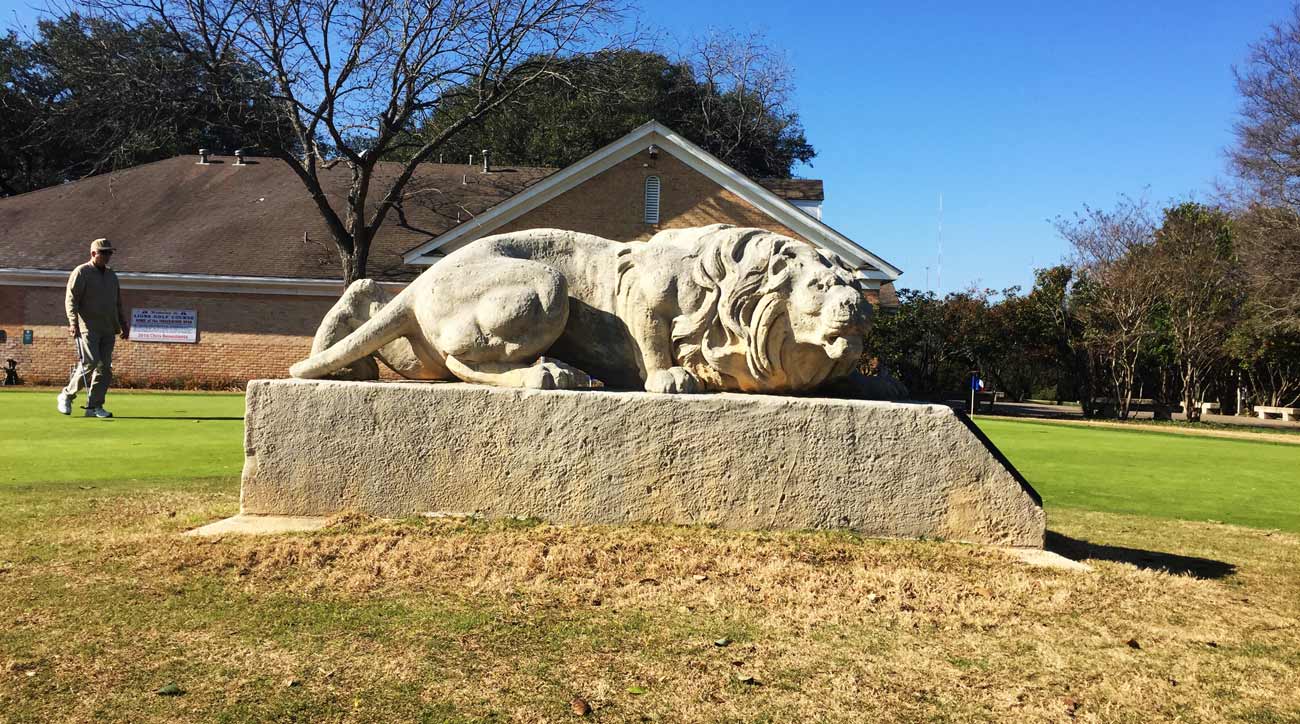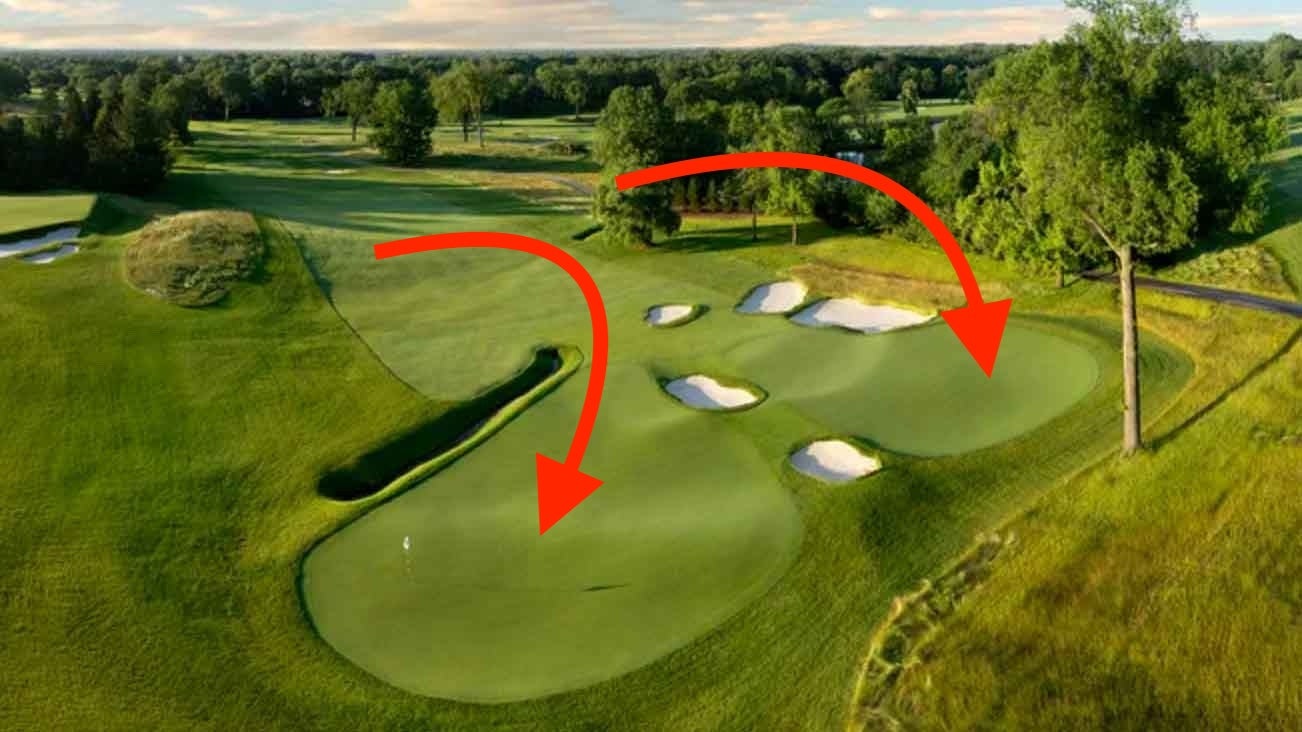 Our 7 favorite courses we played in 2025
Our 7 favorite courses we played in 2025
Muni Monday: How the Great Depression led to Donald Ross’ best muni

This is part of our Muni Monday series, spotlighting stories from the world of city- and county-owned golf courses around the world. This week, Josh Sens sheds light on Donald Ross’ George Wright Golf Course in Hyde Park, Mass. Got a muni story that needs telling? Send tips to Dylan Dethier or to munimondays@gmail.com.
In 1935, in the throes of the Great Depression, with unemployment close to 20 percent, President Franklin D. Roosevelt launched the Works Progress Administration, the most ambitious jobs program of the New Deal.
The WPA put millions of Americans to work, building roads, bridges, dams, parks and other public projects that remain the bones and lifeblood of the United States.
Among those projects were municipal golf courses.
And among the finest of those munis was — and remains — George Wright.
George Wright sits in Hyde Park, Mass., an historically working-class swatch of Boston, minutes from downtown. It’s an urban course with a sylvan feel, shaded by thick oaks and ringed by a vast greenbelt. Even from the high points, trees and hills, not the nearby city skyline, are what you see.
The course was designed by Donald Ross, who left his best-known imprints elsewhere (Pinehurst No. 2 and Seminole come to mind) but worked prolifically in New England. He is buried in Newton, a few towns over from George Wright. After knocking down your last putt on 18, you can drive 20 minutes and visit his grave.
The first time Ross laid eyes on the site designated for George Wright—all swampland and stone — he is said to have shaken his head and muttered: “You would need one of two things to build a suitable course on this property. Either a million dollars or an earthquake.”
The WPA provided both those jolts.
The construction of the course was the Big Dig of its day, a colossal feat of engineering that involved the detonation of 60,000 pounds of dynamite. Some 10 miles of drainage pipe were installed under the swamp, and acres of soil layered over it. Ross was about right. The project cost an estimated $1 million. More than 1,000 men worked on the job.
Given the challenging terrain, marked by rock outcrops and stark elevation changes, Ross saw no need to go heavy on the bunkers. He added just a smattering of sand. The layout, he realized, would be tough enough already, with beguiling greens and blind shots on more than half the holes. The tee shot on the par-4 12th is emblematic, over a ridge and down a slope that doubles in the winter as a toboggan run.
Like other WPA-produced munis — Bethpage Black being the most famous — George Wright was waiting, groomed and ready, when GIs returned from World War II, just as it stood primped and raring to go in the boom years of the ‘50s.
What goes up must come down, though, and munis are often the first courses to suffer in that cycle.
You can guess what happened next.
https://www.instagram.com/p/B-rc12jl6zt/
ADVERTISEMENT
In the 1970s, George Wright began a steady slide into disrepair. Property-tax cuts trimmed budgets down to nothing. Outsourced to a private management company, maintenance became a theoretical practice, a nice idea that no one acted on.
Someone who finally did was a superintendent named Len Curtin, who came aboard 16 years ago and remains on the job today. Like George Wright itself, Curtin has a blue-collar origin story. Raised in neighboring Brookline, he learned to play at the town-run track his father managed. He went on to caddie at The Country Club next door — the same club where another hardscrabble Brookline kid, Francis Ouimet, pulled off a Good Will Hunting act, beating the elites at their own game by winning the 1913 U.S. Open.
For Curtin, caddying at The Country Club led to something else. It gave way to a job on the grounds crew, which evolved into a rewarding career tending to top-flight courses in New England and abroad.
But muni golf was always in his blood. He knew George Wright. He loved George Wright. He’d played it often as a kid. So in 2004, when the city of Boston realized that it was sitting on a tarnished gem and that it needed someone to put a shine back on it, the offer went to Curtin and he agreed.
He found the course in dire shape, with threadbare tees and four dead greens. The fairways were dormant tarmacs that had not been aerated in at least a generation.
“It was like starting from scratch, pretty much a grow-in job on an existing course,” Curtin says. “We were trying to restore the entire place, while people were playing on it.”
Change came gradually, then suddenly. Curtin and his crew started with the greens, because that’s what matters most, all the more so on a muni, where you can get away with patchy fairways so long as you give players somewhere smooth to putt. Golfers noticed. Rounds played, which had dwindled, began picking up. A downward spiral became an upward turn.
In 2009, George Wright was chosen as a qualifying site for the state amateur championship, evidence of its climb back toward glory. Accolades from magazines came pouring in, placing the once-downtrodden layout high on best-in-Massachusetts rankings, a position it retains on many lists today. Conditions aren’t always perfect, but they’re pretty darn pure. If it’s not The Country Club, that’s because it wasn’t meant to be.
Municipal courses are government courses, a redundancy, no doubt, but a point worth repeating, now maybe more than ever. They represent a vital stitch in the social fabric, part of the contract we make with one another.
In many places, munis lose money but are seen as worth the cost, given the role they play as outlets for exercise and recreation, and seeding grounds for friendships. George Wright has returned to operating at a profit, a public good that also feeds the public coffers.
You can’t put a price on that. But you can put it in perspective.
As courses like George Wright go, so go the rest of us.
READ MORE:
Lions Municipal Golf Course; Austin, Texas
Gleneagles Golf Course; San Fransisco
Jax Beach Golf Club, Jacksonville Beach, Fla.
Palm Beach Par 3 Golf Course, Palm Beach, Fla.
Penmar Golf Course, Los Angeles
To receive GOLF’s all-new newsletters, subscribe for free here.
ADVERTISEMENT







